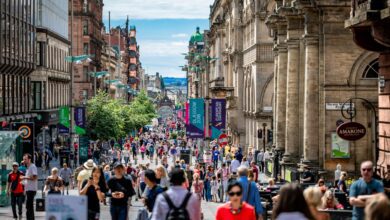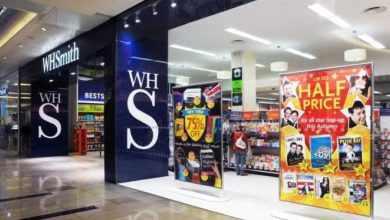Christmas footfall predicted to remain 17% below 2019 levels
“Widespread awareness” amongst consumers of potential supply issues will lead to them bringing their Christmas shopping forward earlier, with Black Friday expected to be more popular this year

Footfall across UK retail destinations will average -17% lower than in 2019 over the six week Christmas trading period from November 21 to January 4, continuing the current trajectory seen in September with footfall down -17.4%, according to a forecast by Springboard.







